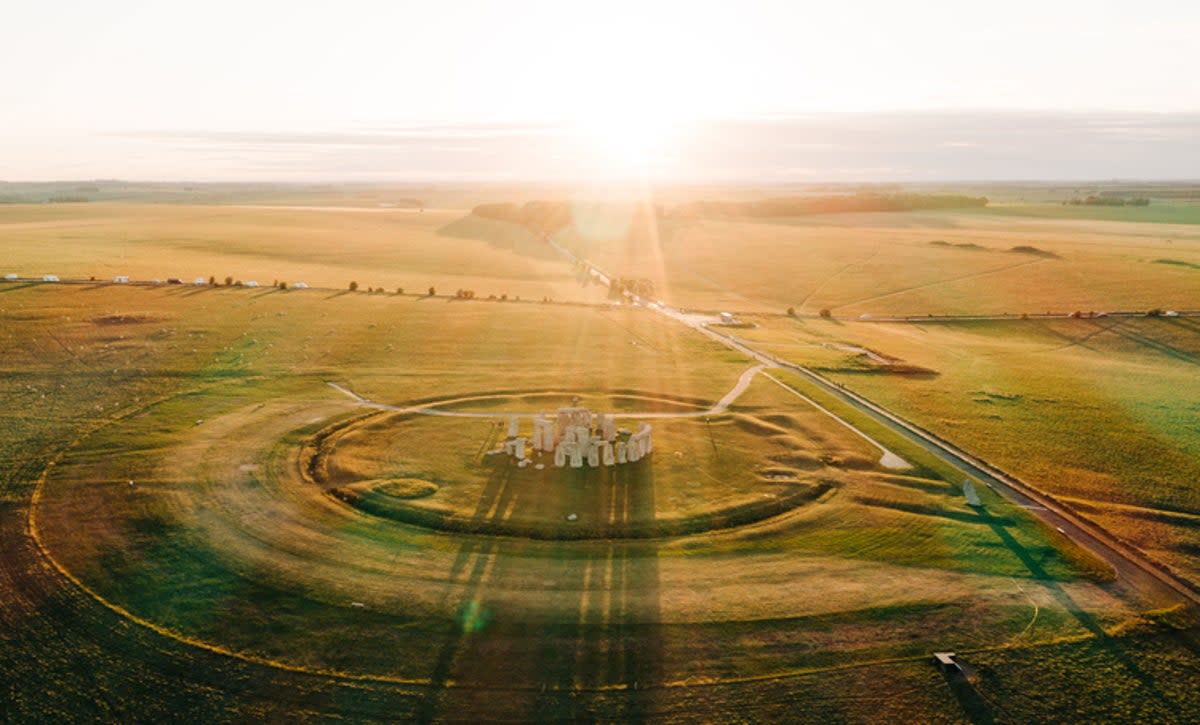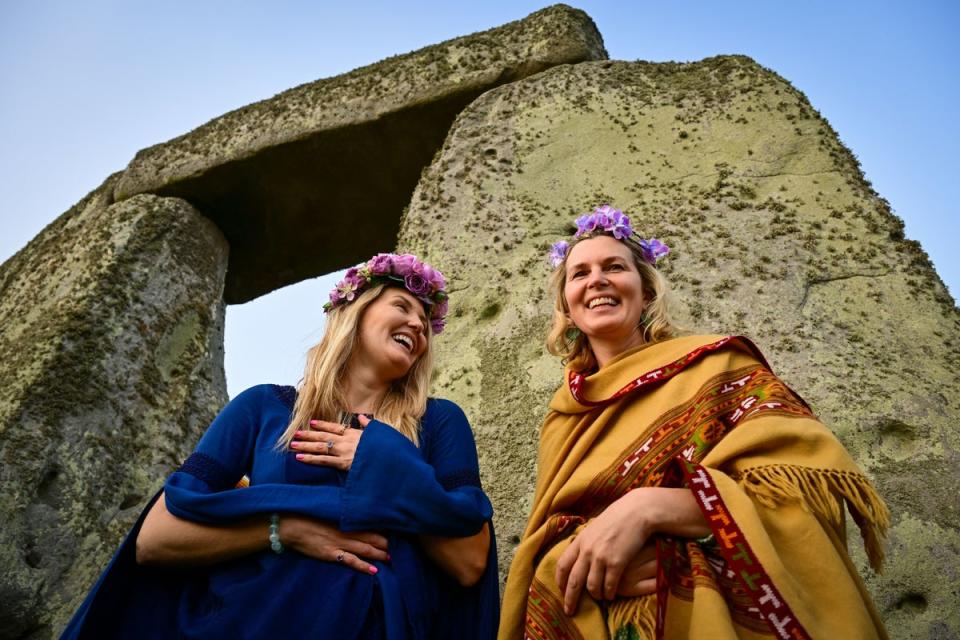When is the summer solstice 2023? The first day of summer and meaning behind it

With the weather warming up and the sun finally making a consistent appearance, it’s beginning to feel a lot like summer.
But while the days are certainly getting lighter earlier, the summer season doesn’t officially begin until the summer solstice.
Solstice celebrations are held across the globe, with communities coming together to mark the special day.
If you’ve been wondering when summer will arrive, here is everything we know about the 2023 summer solstice, including its date and significance.
What is the summer solstice?
The summer solstice is the longest day of the year. It refers to the moment that the sun travels on its longest path through the sky, meaning that day has the most daylight.
The exact time of the solstice is the time of year that the Earth is closest to the sun.
According to the astronomical definition of the seasons, the summer solstice also marks the beginning of summer. This lasts until the Autumnal Equinox.
Under the meteorological definition, which splits the year into four seasons of three full months each based on the Gregorian calendar, winter starts on December 1 and summer begins on June 1.
When is the summer solstice 2023?
This year’s summer solstice will fall on June 21, 2023.
This year, the sun will reach its northernmost point at 3.57pm UK time.

Is June 21 always summer solstice?
While summer solstice most commonly falls on June 21, it is not always on this date.
It can also be anywhere between June 20 and June 22 depending on the sun’s journey.
What is the meaning of the summer solstice?
The summer solstice has many meanings. Since prehistory, it has been seen as significant and marked by festivals and rituals.
The day is particularly important for druids or pagans. They gather at Stonehenge, the prehistoric monument on Salisbury Plain in Wiltshire, to celebrate it each year.
On the day there, the sun rises behind the heel stone in the north-east part of the horizon. Its first rays then shine on Stonehenge.
English Heritage says: “Marking the movements of the sun was clearly important to the people who built Stonehenge, as they went to such enormous effort to carefully line up the monument.
“However, there is very little evidence as to what ceremonies might have taken place here; there are few clues from excavations within the stone circle seems to have been kept clean and separate from everyday debris.
“We can imagine that people gathered at the monument to celebrate the midsummer and the midwinter, although only a few people would have been able to directly observe the important alignment.”
What is a solstice?
Solstices occur because the Earth’s axis of rotation is tilted at about 23.4 degrees relative to its rotation around the sun.
The tilt gives the planet seasons, as the Northern and Southern Hemispheres receive unequal amounts of sunlight during the year.
The Northern Hemisphere is tilted more towards the sun between March and September, driving the spring and summer.
On two moments each year, the Earth’s axis is tilted most closely towards the sun.
The Earth isn’t the only planet with solstices and equinoxes. Any other planet with a rotational axis would see them, too.
When is the winter solstice?
The winter solstice marks the first day of winter, ushering in months of darker and colder weather.
It marks the shortest day and longest night of the year, when the Earth’s tilt brings it to its farthest point from the Sun.
This year, the winter solstice will fall on Friday, December 22 at 3.27am.
Facts about the summer solstice
The word “solstice” comes from the Latin words sol “sun” and sistere “to stand still”. This is because, during the solstice, the sun’s relative position in the sky at noon appears to remain the same.
Since prehistory, different cultures across the globe have held celebrations for summer solstice. One of the most well-known of these is Midsummer, which is celebrated on June 24 in many northern European countries. In 2016, people in Ålesund, Norway, set a world record for the tallest bonfire with a 155.5-foot fire at their Midsummer celebration.
The year 2016 was the first time in nearly 70 years that a full moon and the Northern Hemisphere‘s summer solstice occurred on the same day.
While the entire Northern Hemisphere celebrates the longest day of the year on the summer solstice, the sun is only directly overhead at the Tropic of Cancer.


